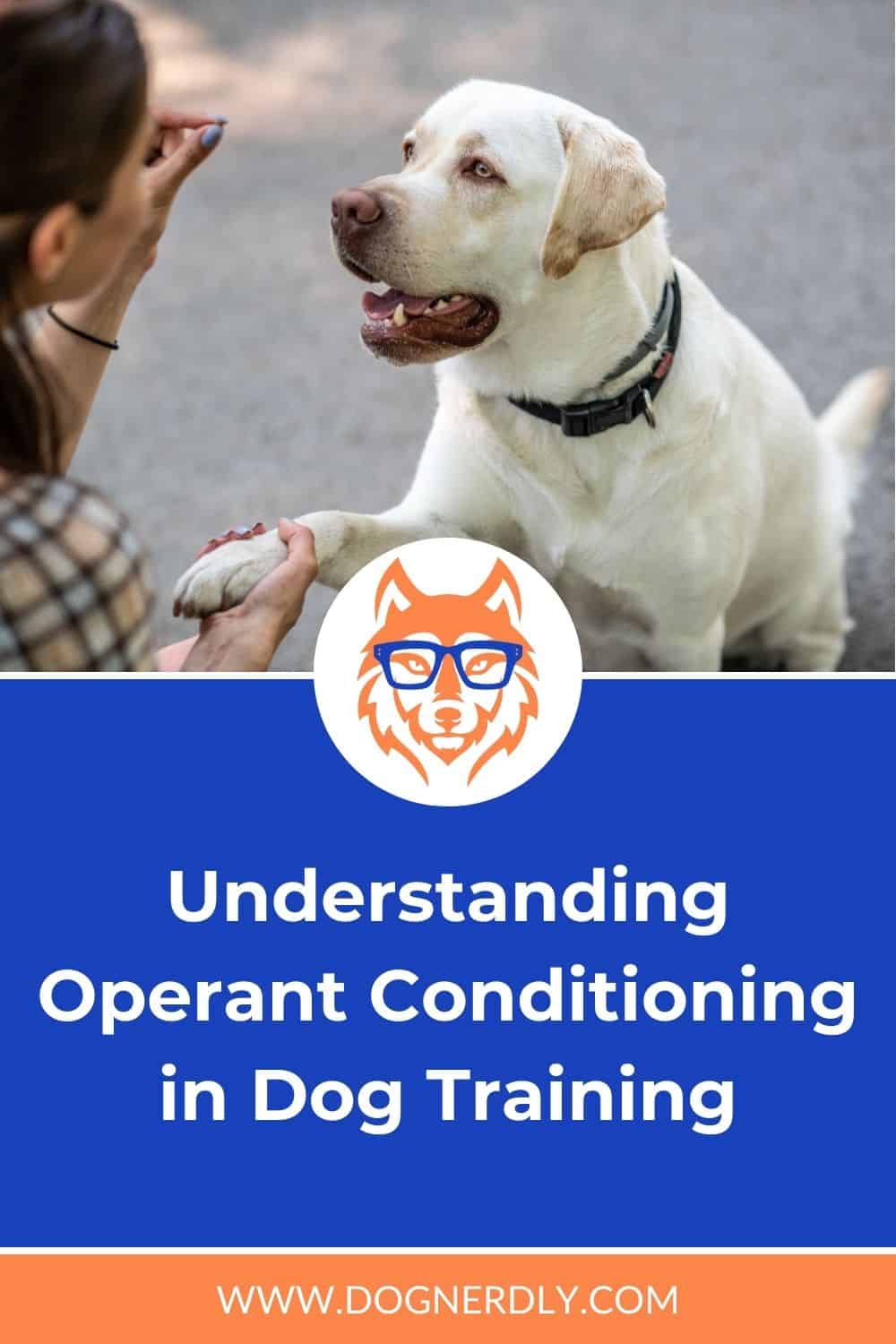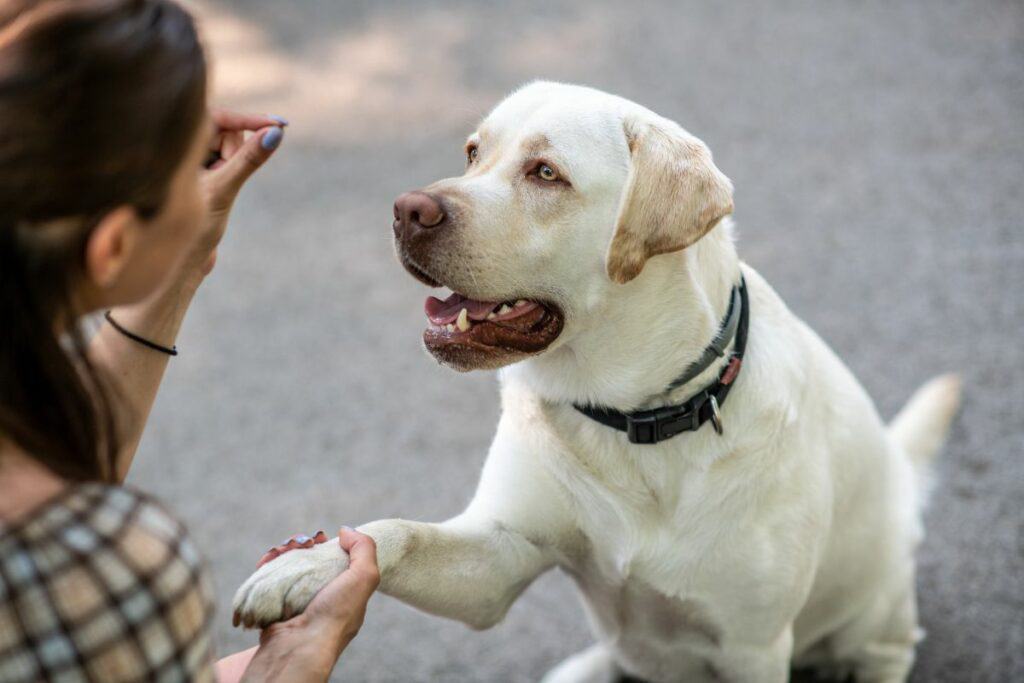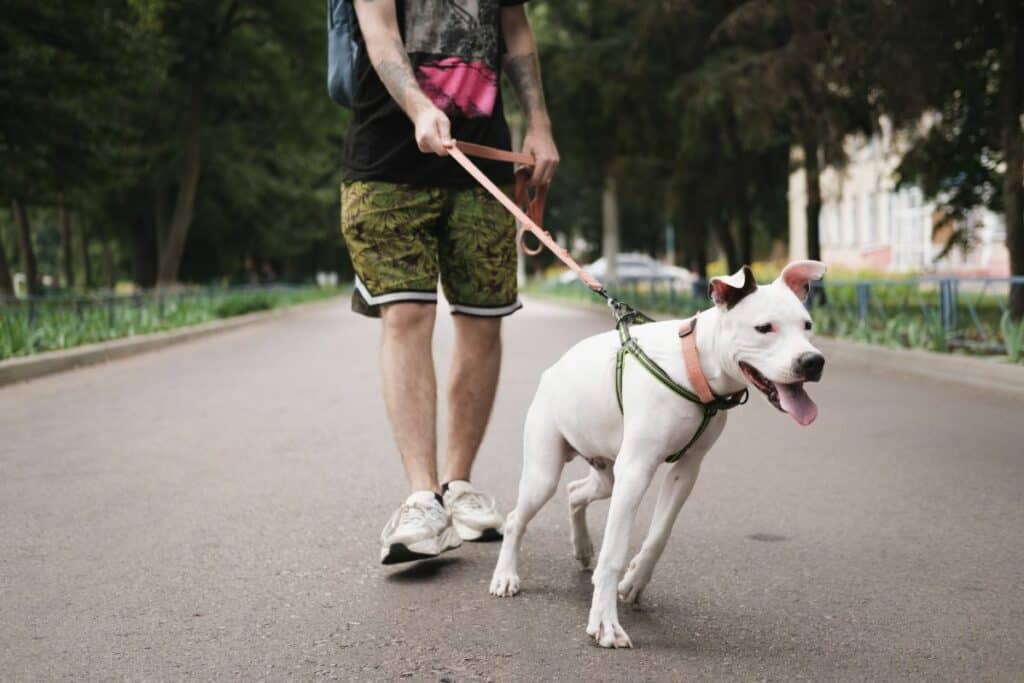Understanding operant conditioning in dog training is crucial for selecting the most effective method of shaping your dog's behavior. The 4 methods of training discussed below are highly effective at training dogs, but some methods offer a more wholistic approach while others can damage the human-pet bond. It is important to understand the difference before taking on the task of training a dog.
What is Operant Conditioning?
At its core, operant conditioning is a learning process that uses rewards and consequences to modify behavior. This method, pioneered by psychologist B.F. Skinner in the 20th century, is based on the idea that behaviors followed by pleasant outcomes are likely to recur, while those followed by unpleasant outcomes are less likely to be repeated. It’s a cornerstone in behavioral psychology, providing a structured approach to influence behavior, including in our canine companions.
Operant vs. Classical Conditioning
While operant conditioning focuses on associating behavior with consequences, classical conditioning creates associations between two stimuli. Think of Pavlov's dogs, who learned to associate the sound of a bell with food, eventually salivating at the bell alone. Both methods are invaluable in dog training, but operant conditioning directly influences behavior through a system of rewards and consequences, offering a dynamic tool for trainers, while classical conditioning is all about paired associations.
The 4 Quadrants of Operant Conditioning
Understanding operant conditioning requires grasping its four quadrants: positive reinforcement, negative reinforcement, positive punishment, and negative punishment. These quadrants offer a roadmap for navigating the complexities of behavior modification.
- Positive Reinforcement (R+): This involves adding (+) something pleasant following a behavior, increasing (R) the likelihood that the behavior will be repeated. In dog training, this could mean treats, praise, or playtime after your dog sits on cue.
- Negative Reinforcement (R-): This quadrant involves removing (-) something unpleasant when a desired behavior occurs, thus increasing (R) the behavior's frequency. For example, easing the tension on a leash once a dog stops pulling.
- Positive Punishment (P+): Adding (+) an unpleasant consequence after an undesired behavior to decrease (P) its occurrence. If a dog jumps on guests, a leash correction could be used as positive punishment.
- Negative Punishment (P-): This entails removing (-) something pleasant to decrease (P) the behavior it follows. If a dog nips during play, ending the play session is a form of negative punishment.
Operant Conditioning Examples in Dog Training
Operant conditioning is a powerful framework for understanding and influencing your dog's behavior. Here are detailed examples of how each quadrant can be applied in dog training:
Positive Reinforcement
Objective: Teaching your dog to sit.
Method: Every time your dog naturally sits, immediately say the cue "sit," and then give them a treat and praise. If your dog doesn't sit on their own, you can use a treat to lure their head up and their butt down while saying "sit," and then provide a treat and praise as soon as they are in the sitting position.
Why It Works: Your dog begins to associate sitting on cue with receiving treats and praise, making them more likely to sit when asked in the future. This method strengthens the bond between you and your dog, as it relies on positive interactions.
Negative Reinforcement
Objective: Encouraging a dog to walk nicely on a leash without pulling.
Method: Begin walking with your dog on a leash or no-pull harness. As soon as your dog starts to pull, stop walking. As soon as your dog stops pulling and the leash slackens, continue walking forward effectively removing the uncomfortable pressure.
Why It Works: The dog learns that walking calmly without pulling results in the removal of the unpleasant pressure of the harness or the frustration of stopping, encouraging them to walk nicely to avoid this discomfort.
Positive Punishment
Objective: Discouraging a dog from chewing inappropriate items (e.g., shoes, furniture).
Method: Whenever your dog begins to chew on something they shouldn't, immediately intervene with a loud noise (such as clapping your hands) or a firm "no." Then, redirect their attention to an appropriate chew toy. The immediate response of a loud noise or a firm verbal cue may scare the dog and act as a punishment.
Why It Works: The dog starts to associate chewing on inappropriate items with an unpleasant outcome (the startling noise or firm reprimand), which decreases the likelihood of the behavior repeating in the future. This method is effective when used consistently and immediately after the undesired behavior occurs.
Negative Punishment
Objective: Reducing excessive barking for attention.
Method: If your dog barks excessively to get your attention, you immediately leave the room or turn your back on them, removing your attention completely. Wait until your dog has stopped barking for a few moments before returning your attention to them.
Why It Works: Your dog learns that barking excessively results in the loss of your attention, which is the opposite of what they want. Over time, they realize that being quiet is more likely to result in receiving attention, reducing the barking behavior.
Each quadrant of operant conditioning offers unique approaches to dog training, emphasizing the importance of understanding and applying these principles effectively. It is important to note that despite their effectiveness, it is not recommended that we use all four methods due to the fallout that can occur when using positive punishment.
Understanding Your Dog's Brain Through Operant Conditioning
Operant conditioning isn't just a training technique; it's a window into understanding how our dogs think and learn. This psychological principle can teach us a lot about the inner workings of our dog's brain, shedding light on their learning processes and how they respond to their environment.
However, it's crucial to approach operant conditioning with both wisdom and compassion. While the four quadrants offer a comprehensive framework for behavior modification, not all of them align with the goal of fostering a healthy, trusting relationship with our pets. Specifically, the use of positive punishment – adding an unpleasant consequence to reduce unwanted behavior – can have unintended negative effects.
The Case Against Positive Punishment
Positive punishment might offer immediate results in stopping an undesirable behavior, but it can also:
- Erode Trust: Dogs learn to associate the punishment with the trainer, not necessarily the behavior, leading to fear or anxiety towards the trainer.
- Increase Aggression: In some cases, the use of punishment can provoke aggressive responses in dogs, potentially leading to dangerous situations.
- Suppress Symptoms, Not Causes: Punishment may stop the unwanted behavior temporarily, but it doesn't address the underlying cause of the behavior, such as fear, anxiety, or unmet needs.
Emphasizing Positive Reinforcement
Instead of relying on positive punishment, shifting focus to positive reinforcement can have profound benefits for both dogs and trainers. This method encourages behaviors we want to see more often without the adverse effects associated with punishment. It strengthens the bond between dog and owner, builds trust, and creates a more enjoyable learning environment for the dog. Positive reinforcement also encourages dogs to think and learn, making training a stimulating brain exercise rather than a series of commands to be followed out of fear of consequences.
The goal of using operant conditioning in dog training should always be to enhance the well-being of our dogs, making their training experience as positive and enriching as possible. By prioritizing positive reinforcement and avoiding the pitfalls of positive punishment, we can help our dogs learn and grow in a supportive, stress-free environment.

Joseph Schifano is the President of The Academy of Pet Careers and Founder of DogNerdly.
With over 20 years of professional pet experience, Joseph got his start as an owner/operator of a 7-figure, all-inclusive pet care business. From there, he purchased The Academy of Pet Careers with a hopes of improving the quality of care provided by industry professionals. This role allowed Joseph to rub shoulders with some of the biggest names in the industry, and gain knowledge in every aspect of pet care.
After witnessing the popularity of social media influencers and the amount of misinformation being taught to pet parents, Joseph decided to create DogNerdly. The goal was to provide science-backed education for the average dog nerd in order to create a world where dogs and humans can live a more harmonious and empowered lifestyle.




